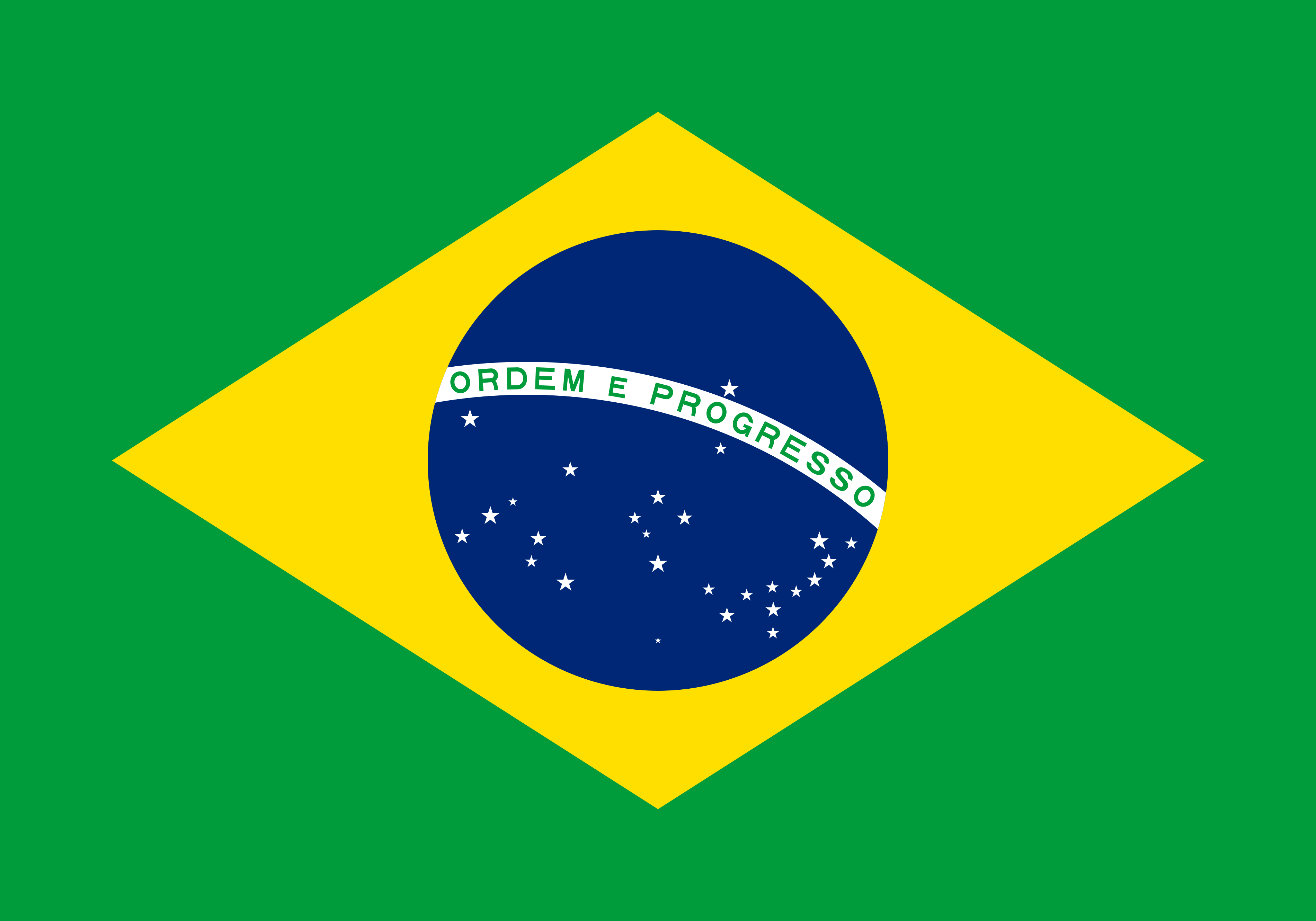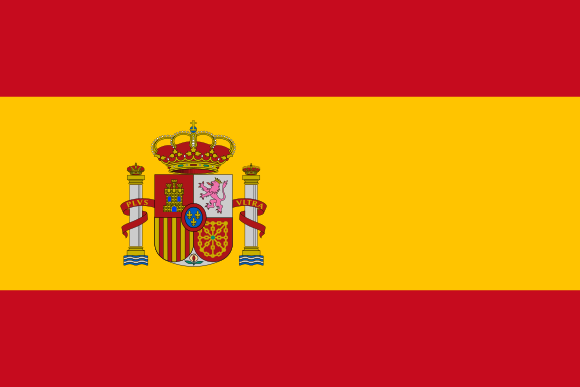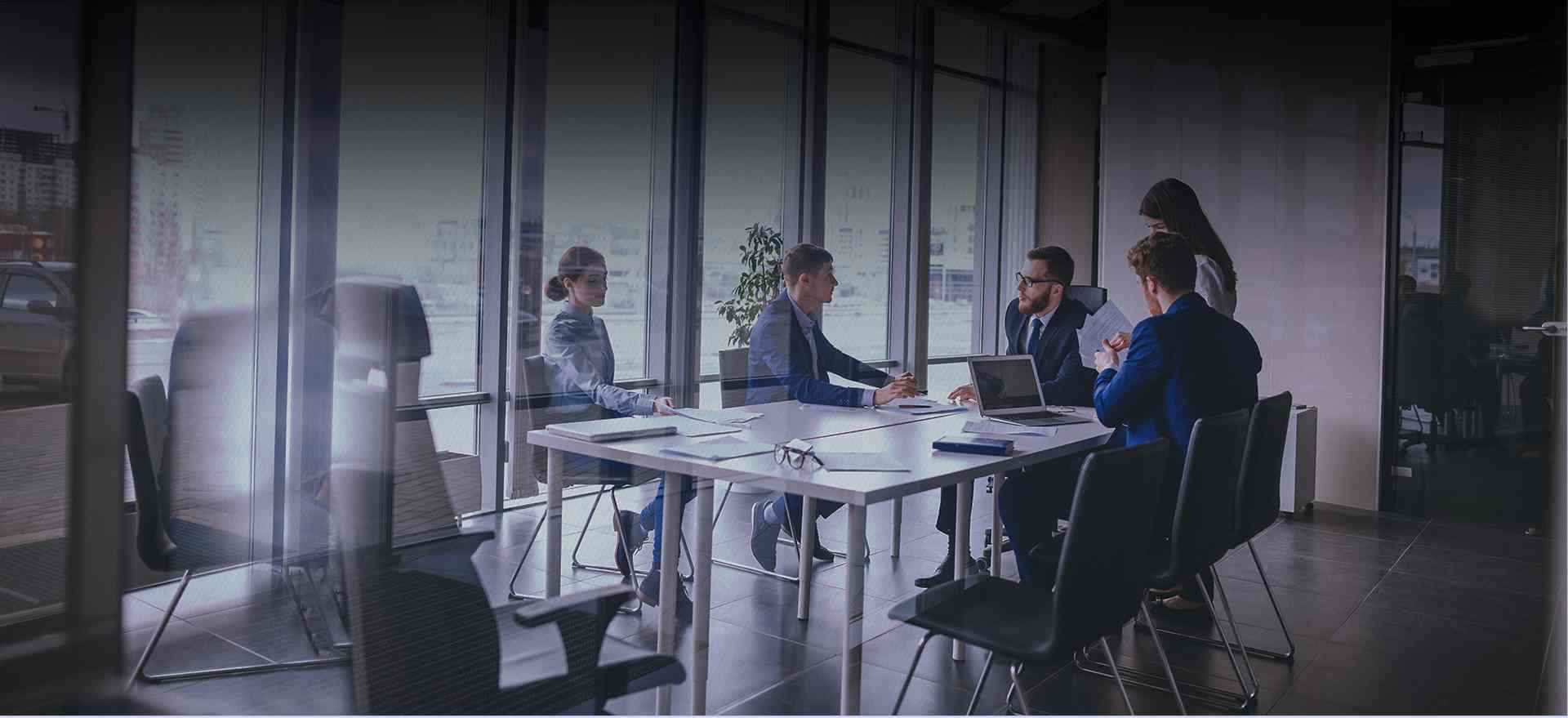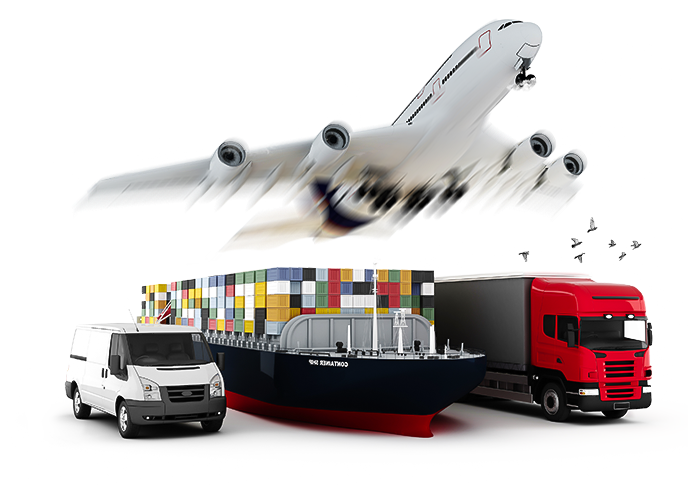DRAWBACK
Brazil has one of the largest tax burdens in the world, as well as striking complexity and bureaucracy, which often makes business owners stop taking advantage of tax exemptions or tax breaks. One of them is Drawback.
What is Drawback, after all?
The special customs regime of Drawback, established in 1966 by Decree-Law 37, of 11/21/66, consists of the suspension or elimination of taxes levied on inputs imported for use in exported products. The mechanism acts as an incentive for exports, as it reduces the costs of producing exportable products, making them more competitive in the international market. The importance of the benefit is so great that, in the average of the last four (4) years, it accounted for 29% of all tax benefits granted by the federal government.
In summary, the regime suspends, refunds or exempts companies from the collection of federal taxes, making production cheaper for export.
What are the Drawback modes?
The Drawback regime features three modes: Suspension, exemption and reimbursement.
Exemption:
The first mode consists of the exemption of taxes levied on merchandise imports, in equivalent quantity and quality, intended for the replacement of other previously imported merchandise, with payment of taxes, and used in the processing of the exported product.
Suspension:
The second, in the suspension of taxes levied on merchandise imports to be used in the processing of the product to be exported. The companies contemplated in this mode have the possibility of acquiring imported inputs that will be intended for the manufacture of products for export, with the suspension of fees and taxes.
Reimbursement:
The third one involves the reimbursement of taxes paid on imports of imported inputs used in exported products. This case applies to raw materials that will be used in the manufacture of the merchandise for export. If the company under this scheme has no interest in replenishing its inventory of imported inputs, it has the possibility of requesting the reimbursement of other taxes paid. This reimbursement takes the form of tax credits.
Reimbursement drawback is virtually not used. The export incentive instrument under examination comprises essentially the modes of exemption and suspension.
DECEX Notice 21/97, amended by DECEX Notice 2 (of the current Foreign Trade Secretariat – SECEX), extends the benefit to some special operations. Thus, the suspension mode applies to the following operations:
- Generic Drawback – Characterized by the generic discrimination of the merchandise to be imported and its respective value.
- Drawback without Foreign Exchange Coverage – When there is no currency hedging, in whole or in part, on the imports.
- Joint Drawback – When there is joint participation of two or more industrial companies in the imports.
- Drawback for Internal Market Supply – It address the imports of raw material, intermediate product and components intended for the processing of machines and equipment in Brazil, to be supplied in the domestic market, as a result of international bidding – sale similar to export (Act 8,402, of 1/8/92). In the exemption mode, Drawback for Domestic Raw Material Replacement is granted, which consists of importing merchandise for the replacement of domestic raw material used in the processing of exported products, in order to benefit the exporting company or the national supplier and to meet market conditions.
In both modes :> exemption and suspension – the notices above also highlight two special operations: Intermediate Drawback and Drawback to Vessel.
- Intermediate Drawback: It consists of the importation, by companies referred to as manufacturers-intermediaries, of merchandise for processing of intermediate products to be supplied to industrial-exporting companies and used in the processing of final products intended for export.
- Drawback to Vessel: It refers to the importation of merchandise for vessel processing and sale in the domestic market.
How to obtain suspension or elimination of taxes?
In order to obtain the suspension or elimination of taxes, the company concerned should submit a concession request to the SECEX (Secretariat of Foreign Trade) of the Ministry of Development, Industry and Foreign Trade.
The company should be agile and careful, as the document has a validity period, in addition to defining the values and modes involved in the process. Once the concession act is confirmed, the company undertakes the commitment to the Government regarding the export of products.
Before joining Drawback, the company should make sure that it has the authorization of the Federal Revenue Service in order to act in the SISCOMEX (Integrated Foreign Trade System).
The document proving the grant is issued on behalf of the industry or trade. The same company covered by the regime should be responsible for exporting the product, and the confirmation of all procedures should be recorded in the unified Drawback report.
It should be noted that there is no possibility for natural persons to participate in any type of Drawback. Only legal entities can take advantage of these incentives.
For what taxes does Drawback guarantee suspension or exemption?
It is important to have knowledge about the taxes for which the regime guarantees benefits. The main taxes include:
- Taxes on processed products
- Import taxes
- Additional taxes to merchant marine renewal freight
- Taxes on transactions related to the circulation of merchandise and services rendered.
Lowering these taxes essentially reduces the costs of manufacturing export products, minimizing low productivity and outdated technology, compared to major international markets. Thus, it is possible to make Brazilian goods more competitive in relation to the international market.
What are the main advantages of Drawback?
The advantages of joining Drawback are many. See below the main ones:
- Low cost of acquisition of imported raw material to manufacture export products;
- Easy access to products often not found in the local market;
- Achieving high-quality products according to international standards;
- Remaining competitive to face the international market;
- Developing the local market, as many raw materials and local labor are also employed.
Among the main products that are cheaper in the Drawback regime, we can mention: semi-finished products, parts and pieces, intermediate products, raw materials, and components.
Drawback is one of the main measures offered by the government for the development of international trade. If you already export or wish to do it but are not yet enabled, please follow the tips we present, enhance the competitiveness of your business, and increase your profits.
RESQUEST YOUR
QUOTATION






